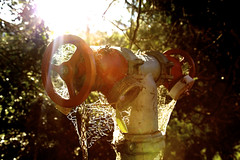I am curious to learn for what situation people use spot metering. In particular, since i do mostly portrait, do any of you use it for portrait when shooting without a flash?
I usually do not play with metering myself but by mistake i took a few portraits with spot metering inside without flash and actually found the skin tone better this way. Just not sure if i risk overexposing too much other part of the picture if i use this consistently...
Thank you for your insights...
I usually do not play with metering myself but by mistake i took a few portraits with spot metering inside without flash and actually found the skin tone better this way. Just not sure if i risk overexposing too much other part of the picture if i use this consistently...
Thank you for your insights...



